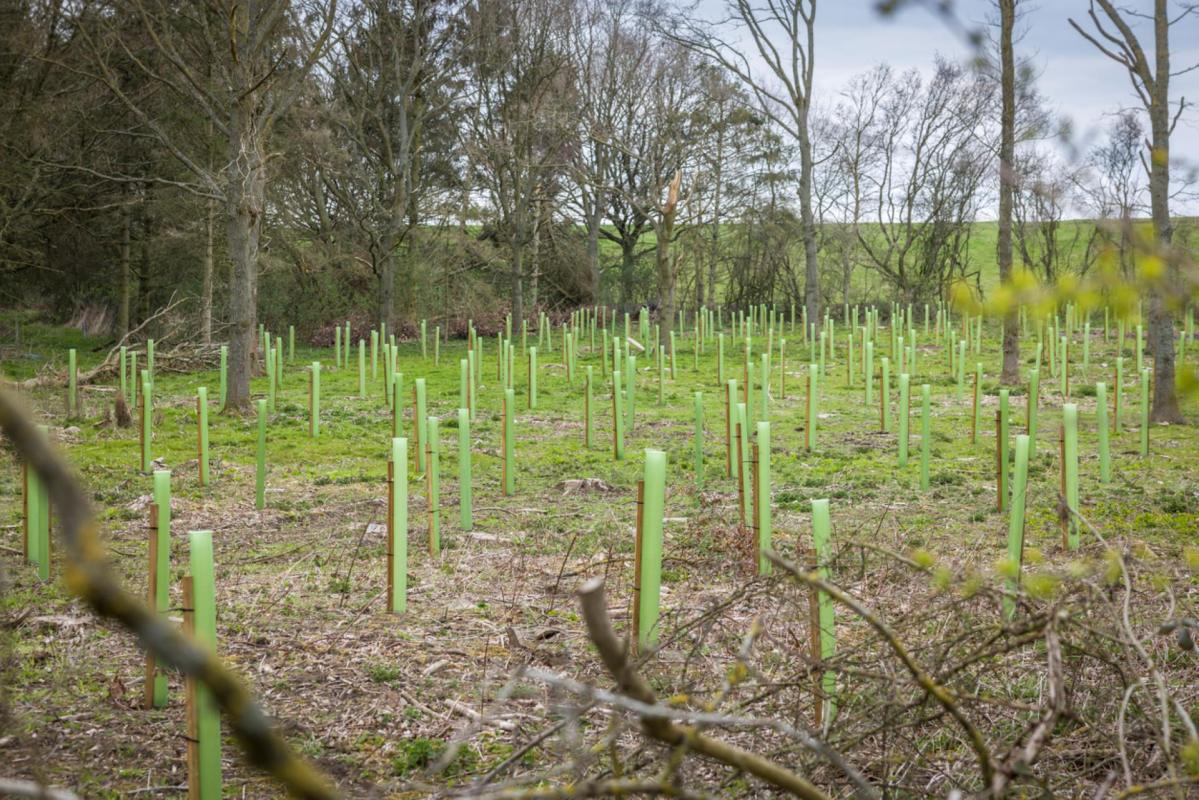A new study warns that planting trees in the wrong places could have an unintended effect on global temperatures, but its mapping tools identify how humanity can keep things on track.
As detailed by Phys.org, researchers discovered that forest restoration had the most positive impact in areas with high levels of carbon absorption, including the Amazon and Congo Basin.
The analysis, which was published in the journal Nature Communications, found that introducing trees to certain areas — such as grasslands and savannahs — led to local warming.
This is because trees have low "albedo," unlike snow and ice, which bounce back as much as 90% of the sun's energy. Basically, if less of the sun's radiation stops being reflected into the atmosphere by high "albedo" items, the trees' natural cooling impact gets counteracted.
Projects that didn't take this into account "overestimated the climate benefit of additional trees by between 20 to 80%," per the online platform.
However, this doesn't mean that tree-planting programs should be scrapped altogether.
"There's also lots of places still where restoring tree cover is a great idea for climate change. We're just trying to help people find those spots," Susan Cook-Patton, one of the study's co-authors, told Agence France-Presse, as reported by Phys.org.
Additionally, as Cook-Patton pointed out, trees offer other benefits. Among them are the fact that they act as air purifiers and support local wildlife.
The study also noted their role in slowing down harmful chemical changes to our oceans caused by carbon dioxide. According to the Arbor Day Foundation, one mature tree soaks up more than 48 pounds of the heat-trapping gas every year.
"It is important to flag that variation exists within biomes," the study explained. "... For example, in the tropical and subtropical grasslands, savanna, and shrubland biome there are areas where restoring tree cover would result in net climate-negative impacts and areas where changes in albedo are of little concern."
"We really don't want our work to be a critique of the movement writ large. … And so it's really about making the most of limited investments and getting the greatest climate return per hectare of investment," Cook-Patton added, per Phys.org.
Join our free newsletter for cool news and cool tips that make it easy to help yourself while helping the planet.









